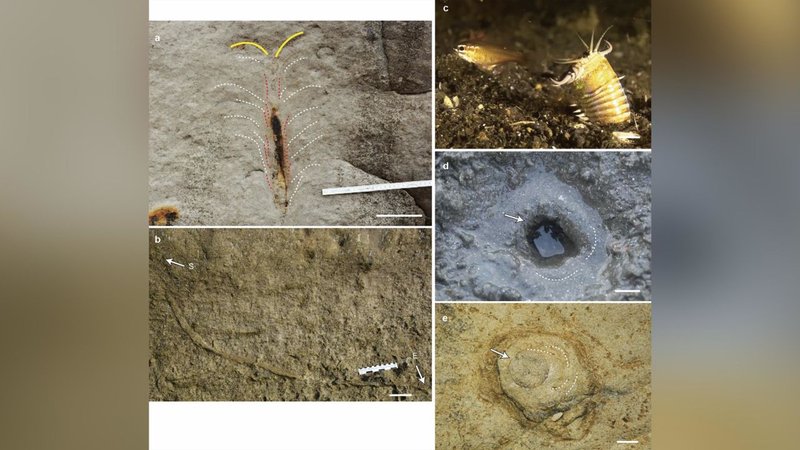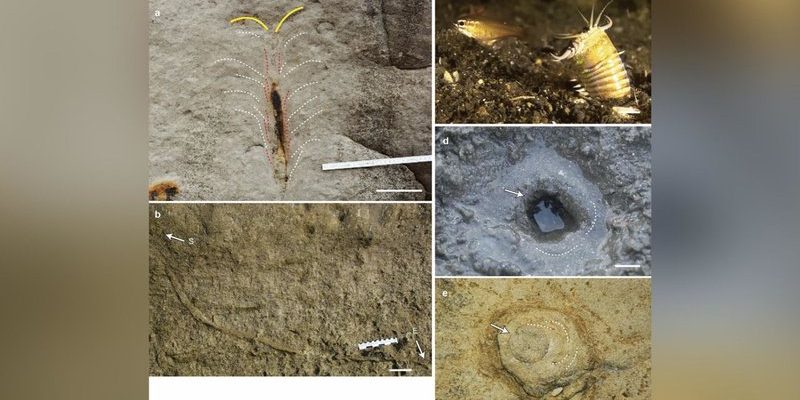
The right substrate can influence everything from the worm’s behavior to the water quality in your aquarium. So, what are the best substrates for these fascinating creatures? Let’s dive deeper and explore the options available, their pros and cons, and how they can contribute to a thriving environment for not just Bobbit worms, but also your aquatic community.
Understanding Bobbit Worms’ Natural Habitat
To effectively choose the best substrate for Bobbit worms, it’s essential to understand their natural habitat. Bobbit worms, known scientifically as *Eunice aphroditois*, are native to tropical and subtropical marine environments. They thrive in sandy, soft substrates where they can easily dig and create elaborate burrows.
In the wild, these worms use their burrows for both hunting and hiding from predators. The softer and more forgiving the substrate, the easier it is for Bobbit worms to maneuver and construct their homes. Think of it like building a sandcastle at the beach; the right type of sand can make all the difference in stability and creativity. Therefore, mimicking these conditions in your aquarium is vital for their well-being.
Choosing the Right Substrate
When selecting a substrate, there are several factors to consider, including grain size, composition, and how it impacts water chemistry. Bobbit worms prefer substrates that are fine to medium in grain size. Here are some popular options:
- Fine Sand: This is perhaps the best substrate for Bobbit worms, as it allows them to burrow with ease. Look for aquarium-grade silica sand, which is safe and free of harmful chemicals.
- Live Sand: This substrate not only provides a suitable burrowing environment but also introduces beneficial bacteria and microorganisms that can help maintain water quality.
- Crushed Coral: While not as ideal as sand, crushed coral can still be used, especially in aquariums with a higher pH. However, it’s a bit rougher and may not be as comfortable for burrowing.
Ultimately, you want to create an environment that closely resembles their natural home. Picking a substrate that’s too coarse can impede their ability to dig, while substrates that are too fine may lead to poor water circulation.
Experiencing the Pros and Cons of Substrate Types
Each substrate type comes with its own set of advantages and disadvantages that could impact your Bobbit worm’s health and behavior. Here’s a quick overview:
Fine Sand
Pros:
- Perfect for burrowing, allowing Bobbit worms to create their homes effortlessly.
- Promotes good water flow and aeration.
- Minimal risk of trapped debris and waste.
Cons:
- Can be easily disturbed, leading to shifts in the substrate.
- May require regular cleaning to avoid buildup.
Live Sand
Pros:
- Supports beneficial bacteria and a healthy ecosystem.
- Enhances the overall aesthetic of your aquarium.
Cons:
- More expensive than regular sand.
- Can introduce unwanted pests if not sourced from a reputable supplier.
Crushed Coral
Pros:
- Helps buffer pH levels in hard water areas.
- Provides a solid structure for other organisms.
Cons:
- Not as comfortable for Bobbit worms to burrow in.
- Can trap detritus, leading to poor water quality.
Importance of Layering Substrates
Another approach worth considering is layering different substrates. This can provide a balance of benefits while catering to the unique needs of Bobbit worms. For instance, you might use a base layer of crushed coral for its pH buffering properties and top it with a layer of fine sand for burrowing.
This method mimics natural environments much more effectively, allowing the worm to dig and create while also benefiting from the mineral content of the coral. But here’s the thing: remember to keep the top layer thin enough that it doesn’t become too compacted, which could prevent Bobbit worms from reaching the lower layers.
Maintaining Substrate Health
No matter which substrate you choose, regular maintenance is crucial for a healthy habitat. Keeping the substrate clean and free from waste is vital to prevent harmful bacteria growth. Here are some tips to maintain your substrate:
- Regular Vacuuming: Use a gravel vacuum during water changes to remove debris without disturbing the substrate too much.
- Monitor Water Parameters: Testing for ammonia, nitrite, and nitrate levels will help ensure a stable environment for your marine life.
- Add Beneficial Organisms: Introducing snails and certain types of shrimp can assist in breaking down waste and maintaining substrate health.
Compatibility With Other Tank Inhabitants
When setting up a tank for Bobbit worms, it’s essential to consider whether other inhabitants will coexist peacefully. Some species may disturb the substrate or pose a threat to the worms. Here are some compatible and incompatible tank mates:
- Compatible: Peaceful fish like clownfish, gobies, or certain shrimp species that won’t dig aggressively.
- Incompatible: More aggressive fish or invertebrates that may try to consume the Bobbit worm.
Ensuring a positive environment is key, so take time to research potential tank mates and their behaviors before adding them.
Choosing the right substrate for Bobbit worms isn’t just about aesthetics; it’s about creating a thriving, healthy environment for these unique creatures to flourish. Whether you opt for fine sand, live sand, or even a combination of substrates, your goal should always be to mirror their natural habitat as closely as possible.
Take your time to experiment with different substrate types and layering techniques to find what works best for your aquarium setup. By maintaining the substrate and monitoring the overall health of your aquatic environment, you’ll not only support your Bobbit worms but also cultivate a vibrant ecosystem filled with life.
Remember, every decision you make in your tank can have a ripple effect. So, choose wisely, and enjoy the journey of creating a stunning underwater home!

